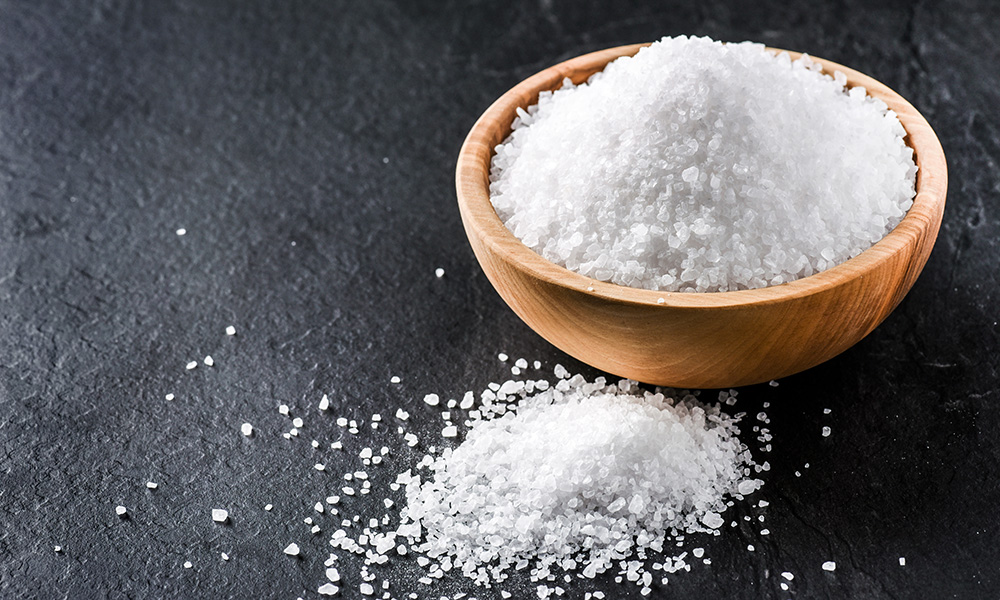Blessed salt is one of many sacramentals in the Church. Sacramentals “are sacred signs which bear a resemblance to the sacraments: they signify effects, particularly of a spiritual kind, which are obtained through the Church’s intercession. By them men are disposed to receive the chief effect of the sacraments, and various occasions in life are rendered holy” (Second Vatican Council, Sacrosanctum Concilium, No. 60).
Salt is mentioned frequently in Scripture — in both Old and New Testaments (see 2Kgs 2: 20-21 and Mk 9: 49-50). An interesting tidbit of history is that salt was a valuable commodity in much of the ancient world. The word “salary” finds its root in the Latin word “sal” because Roman soldiers were paid in quantities of salt.
St. Augustine mentions that blessed salt was used with catechumens — those preparing for baptism — a practice that continued until the liturgical revisions of the Second Vatican Council.
An older form of blessing prayer for salt includes an invocation of exorcism. For this reason blessed salt still is used by some for blessing homes and the like.
Today, blessed salt is most typically used in the blessing of holy water — although it’s optional. There is a prayer for the blessing of salt in the Roman Missal.
Sacramentals should be disposed of with care and dignity — not in ways we dispose of average rubbish. As in the case of blessed salt, it’s best to dispose of it in the ground or, perhaps, give it to your parish priest to dissolve in holy water.
Michael R. Heinlein is editor of Simply Catholic. Follow him on Twitter@HeinleinMichael.

